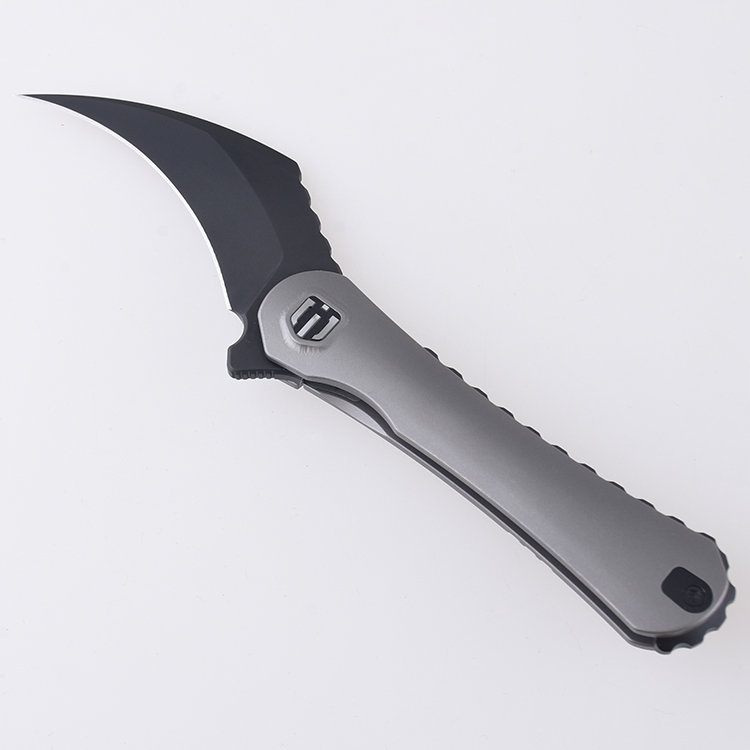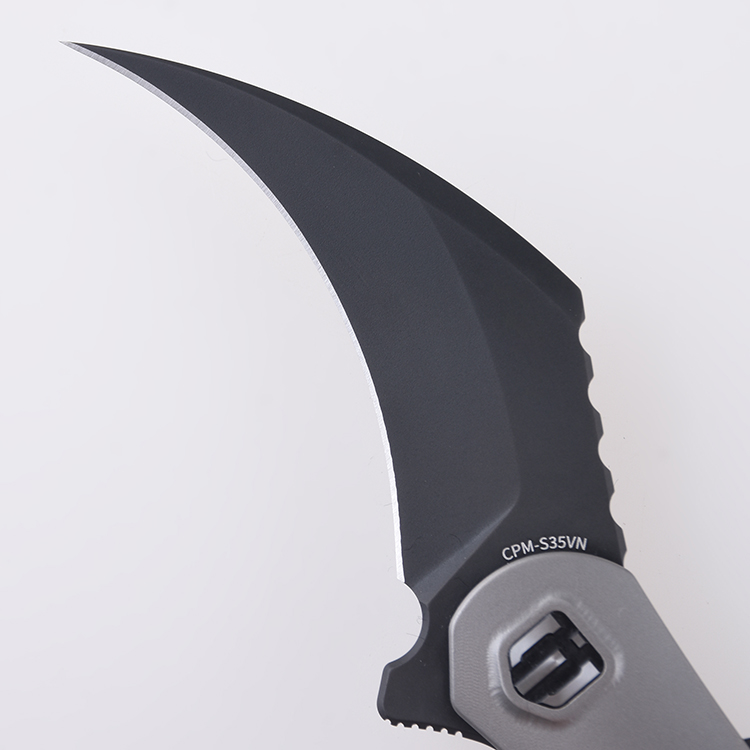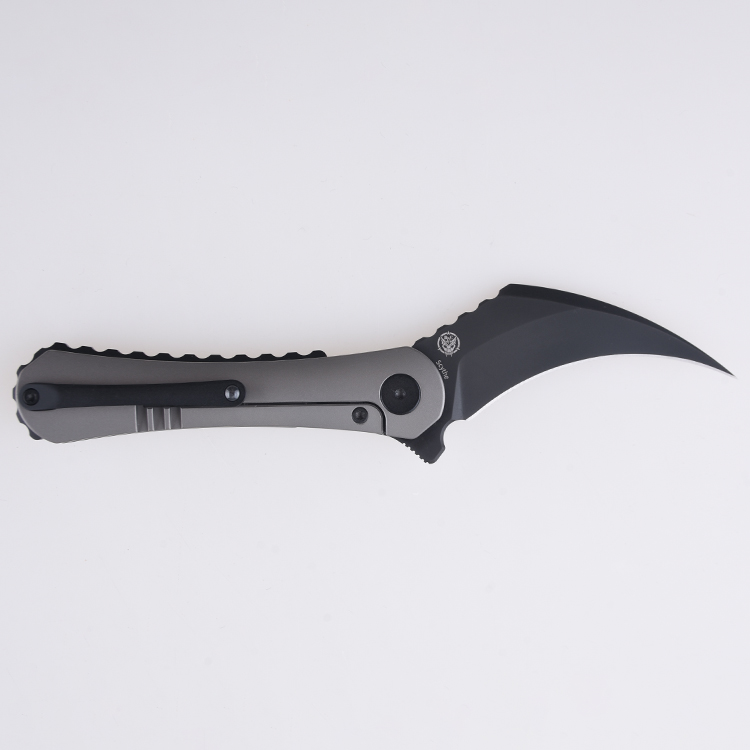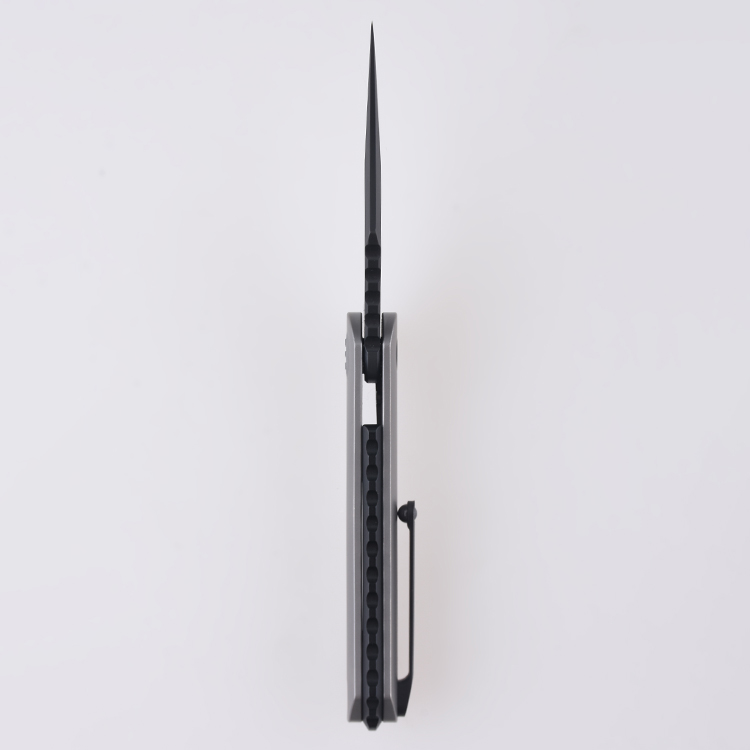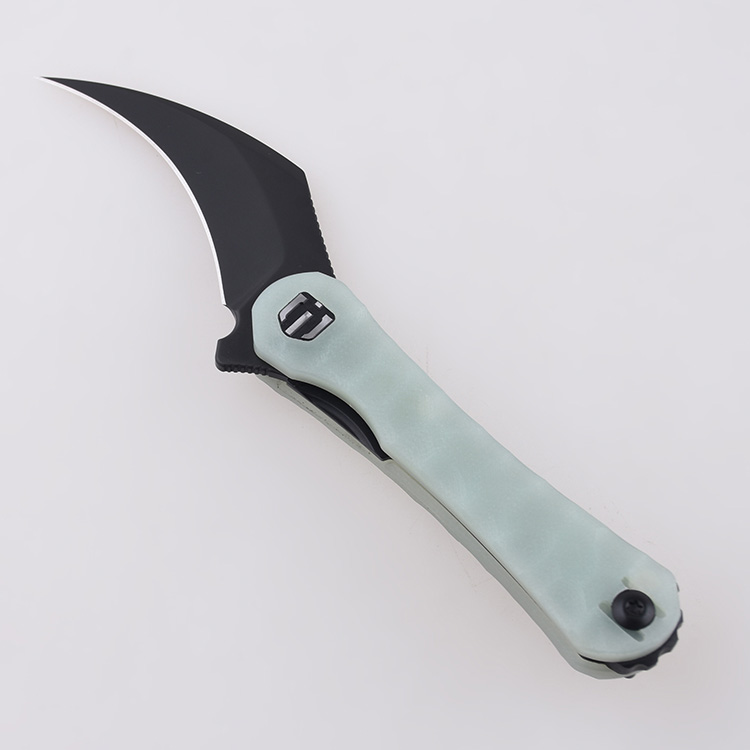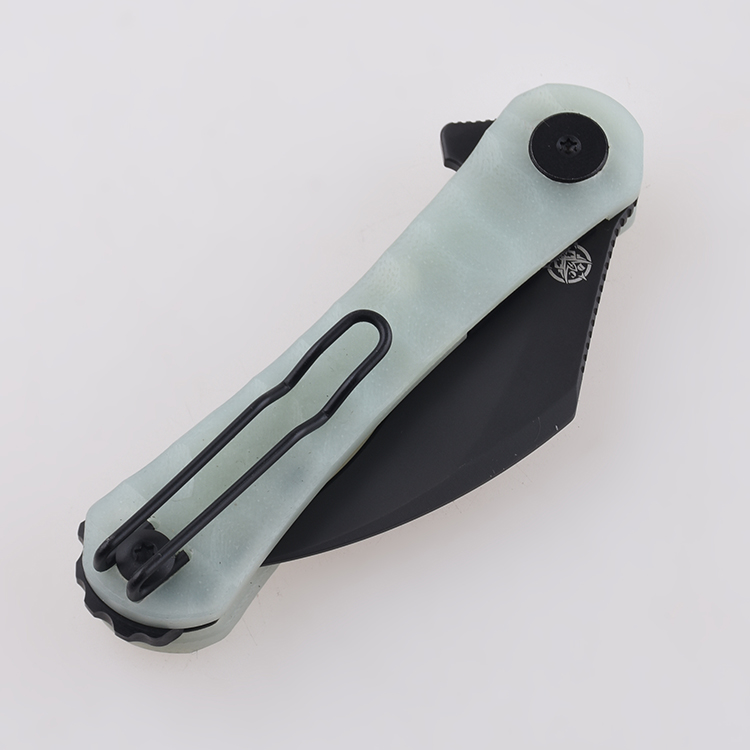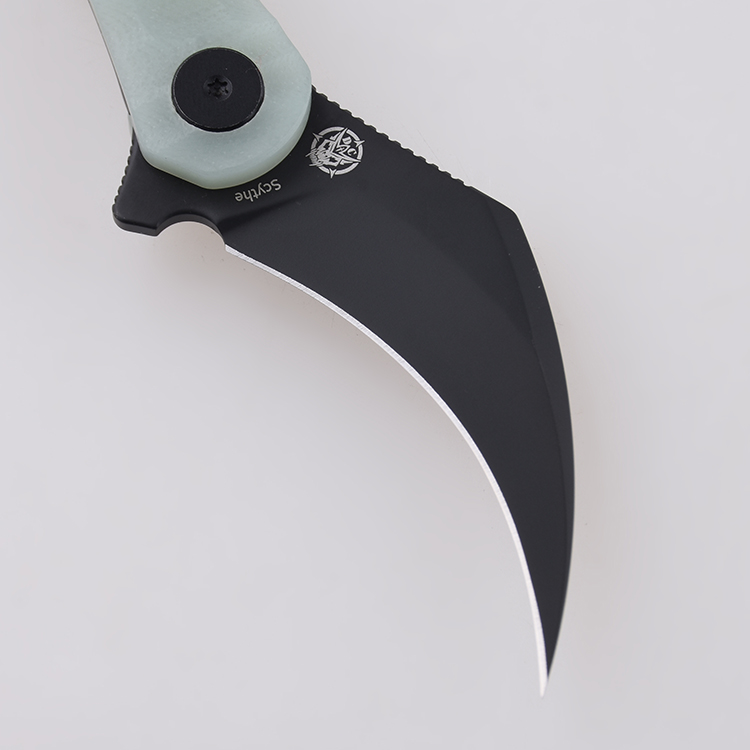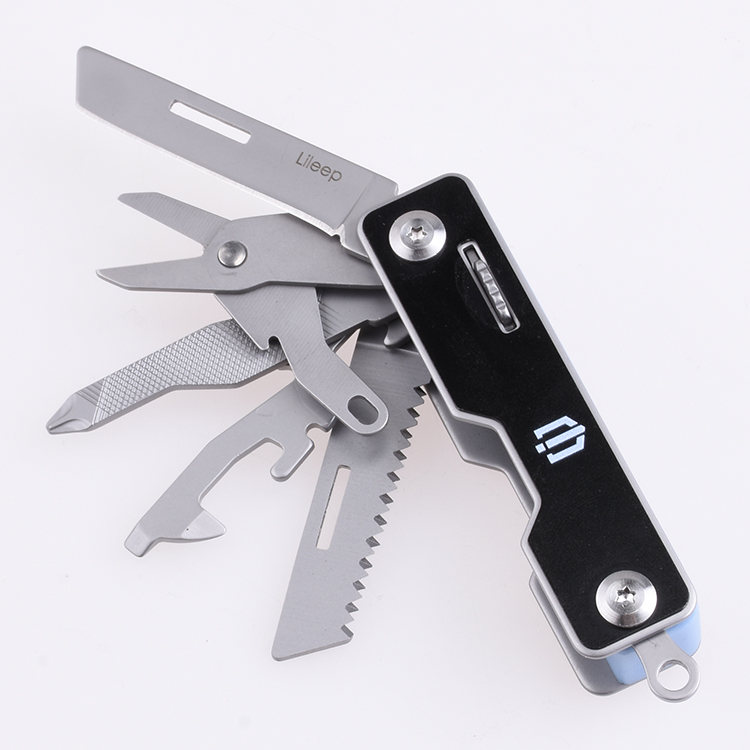California Knife Law refers to the rules and regulations that govern the ownership, carrying, and usage of knives in the state of California.
These laws classify knives as dangerous weapons and impose various restrictions on them.
The most important statutes you need to know are Penal Code Sections 16470, 17235, and 21510.
Additionally, local city and county ordinances can add further restrictions. Generally, it’s illegal to carry a concealed knife unless it’s a small pocket knife or you have a valid permit.
While some larger fixed-blade knives can be carried openly, switchblades, ballistic knives, and other exotic weapons are completely banned.
Understanding these laws can help you avoid breaking them and facing potential charges.
In this article, we will explore the rules and regulations surrounding carrying straight and folding knives in California, as well as the different types of knives that are allowed or prohibited by law.
Overview of California Knife Laws
California enforces strict knife laws for public safety. While most knives are generally allowed, there are specific rules on where and how they can be carried.
On school property, only non-locking folding knives with blades shorter than 2.5 inches are allowed.
In public buildings, airports, and similar places, knives with blades longer than 4 inches or any fixed blade knife are usually prohibited.
Carrying knives in plain view on public streets is also restricted, and the definition of “plain view” can be unclear, which can lead to legal issues.
Violating these laws can result in severe penalties, including jail time and hefty fines.
However, there are exceptions for lawful occupations, recreational purposes, religious practices, or traveling to such activities. Given the complexity of these laws, it is wise to consult an experienced attorney if you are facing charges.
Fixed Blade Knife Law
In California, you can own and use fixed-blade knives, but there are rules about carrying them. A fixed-blade knife, like a kitchen knife, doesn’t fold and can be used as a stabbing weapon.
You can carry a fixed blade knife openly if it is in a sheath on your belt, and the blade is less than 5 inches long.
However, it is illegal to carry a fixed-blade knife concealed, meaning you can’t hide it under your clothing or in a bag.
These rules are in place to ensure public safety while allowing lawful use of such knives.
Folding Knife Law
In California, folding knives such as cuchillos de bolsillo and Swiss Army knives are generally legal to own and carry. These knives, which open by applying pressure to the blade, include tools like box cutters and utility knives.
According to California Penal Code Section 17235, you can legally conceal a folding knife as long as it is in the folded position.
There is no restriction on the blade length for these knives when carried openly.
However, on school property, only non-locking folding knives with blades shorter than 2.5 inches are allowed.
In specific public places like state buildings, airports, and passenger terminals, knives with blades longer than 4 inches or those that can be fixed in position are restricted.
Switchblades, which open automatically, are illegal to carry, but assisted-opening knives are permitted. These laws aim to balance the practical use of folding knives with public safety concerns.
Concealed Carry Law
In California, carrying a concealed knife is strictly regulated for public safety.
It is illegal to carry any concealed dirk or dagger, which generally includes any fixed-blade knife and folding or retractable knives with a locking blade.
To legally carry a concealed knife, you typically need a concealed carry permit, which is hard to get and usually granted for specific professional needs or special circumstances.
If you’re charged with illegally carrying a concealed knife, there are several legal defenses you can use.
One strategy is to prove that the knife doesn’t meet the legal definition of a restricted type. For example, a switchblade with a blade shorter than 2 inches is not prohibited.
Additionally, you might argue that the knife was carried for lawful purposes, such as for your job or a legitimate recreational activity, and within legal limits.
Carrying Knives in Specific Locations
Carrying knives in specific locations like campuses, government buildings, and public transportation in California is subject to strict regulations.
According to Penal Code 171b, you cannot bring certain knives, such as switchblades, fixed blade knives longer than 4 inches, or any other restricted knives, into state or local public buildings.
On school grounds, including
- California State University,
- the University of California,
- Private universities, and
- K-12 schools,
Penal Code 626.10(a)(1) and (2) prohibits carrying dirks, daggers, knives with blades longer than 2.5 inches, folding knives with locking blades, ice picks, and razors with unguarded blades.
Violating these laws can result in misdemeanor or felony charges, leading to 1-3 years in county jail.
On federal property, possessing a switchblade is illegal under federal law, with specific exceptions for active-duty military members and individuals with one arm.
These rules are designed to enhance public safety in sensitive locations and violations can result in severe penalties.
Display and Sale of Knives
In California, the display and sale of knives are governed by strict laws to maintain public safety.
According to the Penal Code, it is illegal to sell, offer for sale, or display switchblades with blades 2 inches or longer, ballistic knives, and undetectable knives.
These knives cannot be manufactured, imported, or sold within the state.
For online sales, these restrictions also apply, meaning prohibited knives cannot be sold or shipped to customers in California.
Retailers must ensure that all knives for sale comply with legal standards and are detectable by metal detectors or magnetometers.
These regulations help prevent dangerous weapons from being easily accessible and ensure the safe distribution of knives in the state.
Self-Defense and Knives
In California, using a knife for self-defense is legally permissible under specific conditions. You must genuinely believe you are in imminent danger and at risk of harm.
The knife you use must be legal; for example, switchblades with blades longer than 2 inches are prohibited even in self-defense situations.
Additionally, brandishing a knife without a legitimate threat or using excessive force is illegal.
While knives can be used for self-defense, it is generally recommended to consider less lethal options, such as pepper spray, to minimize legal complications and reduce the risk of serious injury.
Case Studies and Real-world Examples
People v. Castillolopez
In this important legal case, the court addressed whether a Swiss Army-style knife found in a jacket pocket with its main blade open was considered a dirk or dagger under California law.
The defendant, Castillolopez, was charged with possessing the knife, which the prosecution claimed met the state’s definition of a locking blade.
However, experts disagreed on whether the knife’s mechanism was indeed a locking blade. Despite the prosecution’s argument, the court ruled in favor of Castillolopez and overturned his conviction.
The decision was based on the conclusion that the knife did not fit the legal definition of a locking blade since it could be easily closed with one hand.
This case highlights the importance of clear legal definitions and expert testimony in determining the legality of knife possession in California.
People v. Pickett
In another notable case, the court examined the constitutional implications of California’s knife laws about the Second Amendment.
The defendant, Pickett, argued that the state’s ban on certain knives, like dirks and daggers, infringed on his right to bear arms.
However, the court disagreed, stating that the law did not represent a complete ban on knives and therefore did not violate the Second Amendment.
The court also pointed out that concealed weapons, including knives, are not afforded the same constitutional protections as unconcealed weapons.
Although Pickett’s case aimed to challenge the constitutionality of California’s knife laws, the court upheld their validity, supporting the state’s authority to regulate certain types of knives for public safety.
These cases are important precedents in interpreting California’s complex knife laws, balancing individual rights with public safety concerns.
In re: Luke W
In this case, a police officer stopped a juvenile who had a credit card multi-tool with a hidden knife.
The officer argued that the knife was a concealed dagger, which is banned under California law.
However, the court disagreed with the appeal.
The court examined the object and the law thoroughly. Although the credit card tool had a concealed knife, it also included other tools like tweezers and a bottle opener.
The court concluded that because the tool required several steps to access the knife and was designed for multiple uses, it did not qualify as a traditional dagger or dirk knife.
Therefore, carrying the credit card multi-tool with a hidden knife was not illegal under California law. This case emphasizes the importance of considering a weapon’s design and intended use when interpreting the law.
People v. Rubalcava
In this case, the defendant was arrested due to an outstanding warrant. During the search, police found a knife hidden in his pocket.
The knife had a broken tip and was partly sharpened. The defendant claimed it was a letter opener, but two officers testified that knives of this design could be used as weapons.
The defendant was convicted under California’s weapons law, which bans carrying concealed dirk knives or daggers.
On appeal, the defendant argued that the trial court didn’t properly instruct the jury to consider the context of finding the knife.
He claimed the law was vague, overly broad, and required a specific mental state.
However, the California Supreme Court upheld the conviction. They stated that while the law had flaws, it was constitutional.
They ruled that the terms were clear enough, innocent behavior wouldn’t necessarily be criminal, and the law didn’t need a specific mental state requirement. Therefore, the conviction stood.
Legal Updates and Changes in California Knife Law
California’s knife laws have recently changed, affecting how people can legally carry and possess knives in the state. Switchblades were legalized in 2023 after the repeal of Section 653k of the California Penal Code.
However, restrictions remain on llevando cuchillos in specific places like schools and government buildings.
Residents need to stay informed about these legal updates. Understanding the rules around concealed carry, possession by minors, sale regulations, and penalties for violations is essential.
For instance, carrying a concealed knife is generally prohibited unless you have a valid concealed carry permit or meet certain exemptions.
Additionally, be aware of local laws that may add extra restrictions on open carry.
To stay updated on California’s knife laws, regularly check official legislative sources to ensure you comply with both federal and state regulations.
Preguntas más frecuentes
Is it legal to carry a fixed-blade knife in California?
In California, it is legal to carry a fixed-blade knife as long as it is openly carried. This means that the knife must be worn in plain view and not concealed. Concealing a fixed-blade knife, regardless of its size, is illegal and can result in serious criminal charges.
Certain restrictions also apply to carrying knives in specific locations such as schools, government buildings, and other public spaces. Always be conscious of local ordinances that may impose additional limitations on the carry and possession of fixed-blade knives.
What are the legal restrictions on carrying a folding knife in California?
The legality of carrying a folding knife in California depends on several factors, including the size and type of the knife.
Generally, it is legal to carry a folding knife with a blade length of less than 2.5 inches without any restrictions.
For knives with blades longer than 2.5 inches, there are more specific regulations that vary based on whether the knife is considered a “dirk” or “dagger.”
California law defines a dirk or dagger as any knife capable of being used as a stabbing weapon, regardless of its size.
Therefore, it’s essential to consult the state’s penal code and local ordinances before carrying a folding knife with a blade longer than 2.5 inches.
Is a permit required for concealed carry of knives in California?
In most cases, a permit is required for concealed carry of knives in California.
There are limited exemptions for certain occupations and activities such as hunting or fishing.
However, these exemptions may have specific requirements and limitations.
It’s crucial to research and understand the laws surrounding concealed carry in California before attempting to do so without a permit.
Failure to comply with these regulations can result in severe penalties.
If you are unsure about the legality of carrying a knife in California, it’s best to consult with legal counsel for guidance.
Where is it illegal to carry a knife in California?
Carrying knives is generally prohibited in schools, government buildings, and other public spaces.
Additionally, certain cities may have stricter regulations on the carry and possession of knives.
It’s important to research local ordinances before carrying a knife in any public space in California.
Furthermore, it is illegal for individuals convicted of certain crimes or who are subject to restraining orders to possess knives.
If you fall into either of these categories, it’s crucial to understand the limitations and restrictions on your knife possession rights in California.
How do California’s knife laws differ from federal laws?
California’s knife laws are more restrictive than federal laws in several ways. While federal law primarily regulates the interstate commerce and transport of knives, California imposes additional regulations on possession and carry within the state.
For example, federal law does not generally prohibit the carry of switchblades or automatic knives, but California does, although it recently repealed certain restrictions in 2023. California also has specific laws regarding the concealed carry of fixed-blade knives and imposes stricter penalties for violations.
Additionally, California’s local ordinances may impose further restrictions on knife possession that are not covered by federal law.
Understanding these distinctions is crucial for compliance, especially when traveling between different jurisdictions.
Conclusión
In summary, understanding California’s knife laws is essential for both residents and visitors who wish to carry or possess knives within the state.
The recent changes, particularly the legalization of switchblades, reflect the evolving nature of these regulations. It remains crucial to be aware of where knives can be carried and the specific types that are permitted.
Staying informed about local ordinances, as well as state and federal laws, helps ensure compliance and avoids potential legal consequences.
For those in need of high-quality knives or looking to start their custom knife line, Shieldon offers exceptional Original Equipment Manufacturer (OEM) services. As a reputable knife manufacturer, Shieldon combines craftsmanship with innovation, providing tailored solutions to meet diverse needs.
Alongside this, Shieldon is aware of the legal requirements and restrictions that come with manufacturing knives for various purposes. With Shieldon’s expertise in knife production and its knowledge of state and federal laws, you can trust that your custom knives will comply with all necessary regulations.

